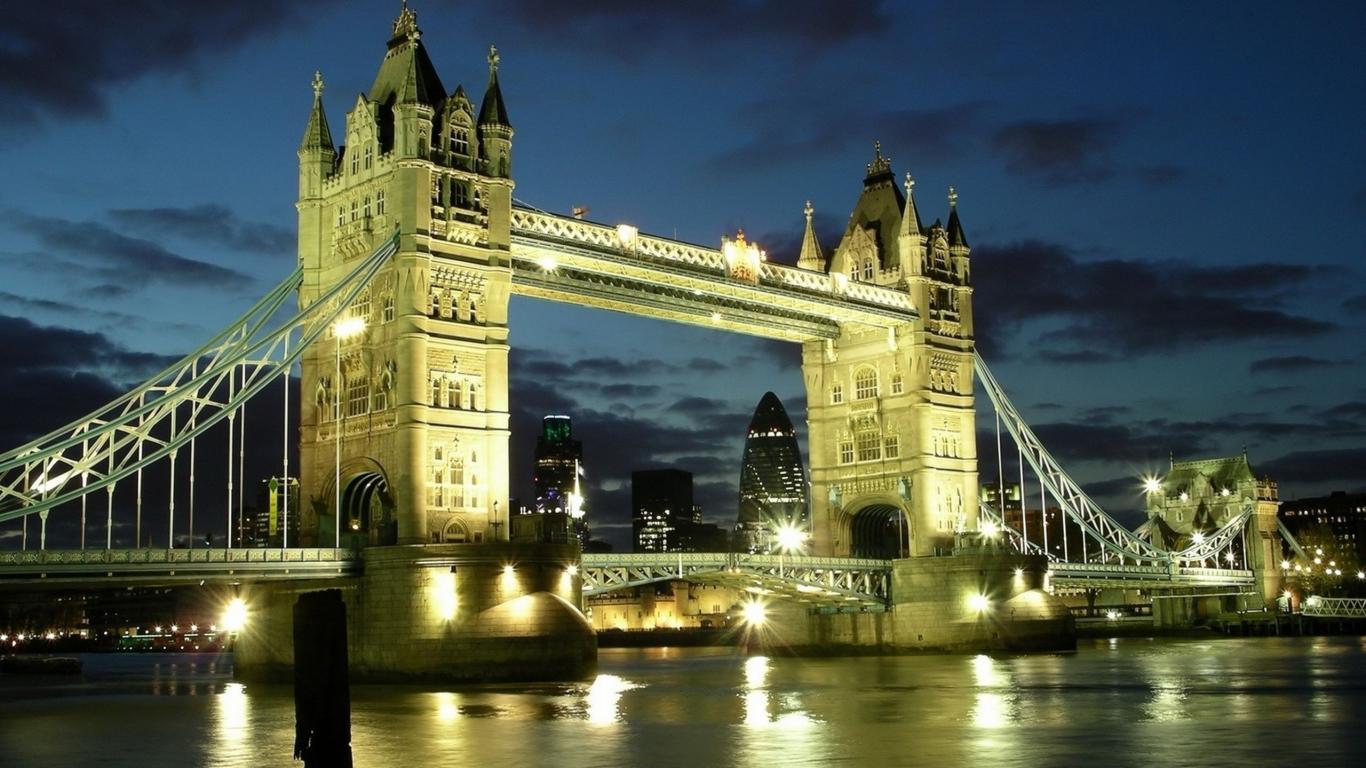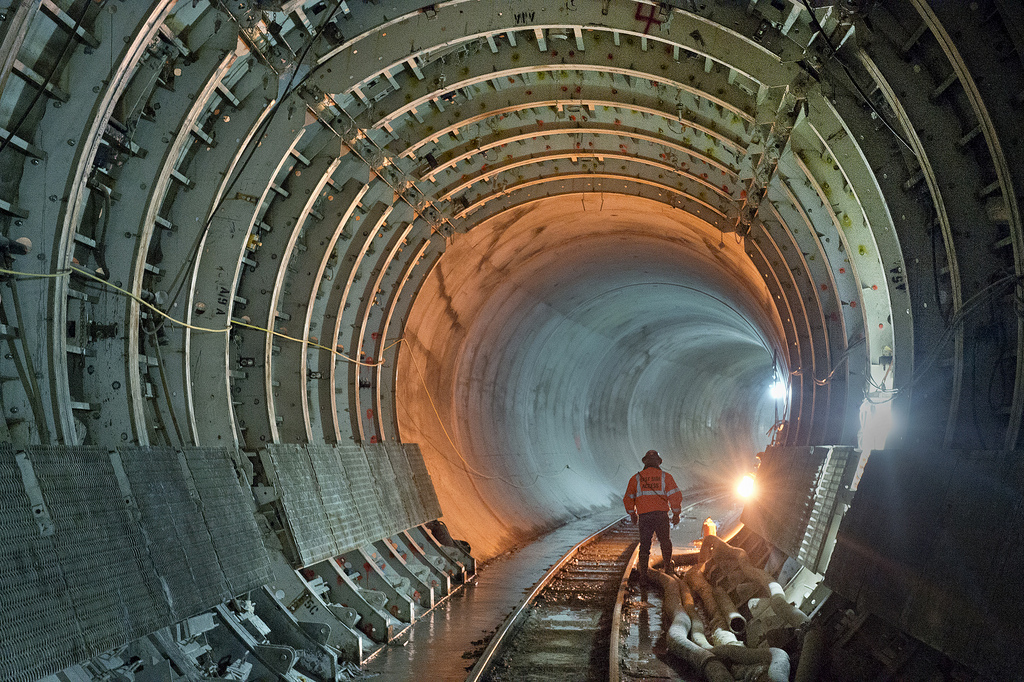The world’s oldest operating transportation monorail (“schwebebahan” in German) built in 1901 in Wuppertal, Germany, stretches 8.3 miles (13.3 km), has 20 stations, a top speed of 34 mph (56 kph) and still carries 82,000 passengers a day. Engineers used a double-track system and the original monorail cars were the first all-steel transit vehicles in history.
The Japanese built a dual track dual platform monorail system in Tokyo for the 1964 Summer Olympic Games because the Ministry of transportation wanted to avoid the cost of land acquisition. Hitachi was called upon to develop a high-capacity transit system “in the air” because airspace was free and without congestion. To date the Tokyo monorail has transported 1.5 billion people to Haneda airport.
The Technology
Monorails are now a proven technology carrying hundreds of thousands of passengers each day in many of the urban centers of the world and have a safe track record whether the technology is straddle beam or suspended. Derailing is virtually unheard of with this technology and most monorail systems are electrically powered making them nonpolluting and environmentally friendly. It is estimated that the Las Vegas Monorail removes 4.2 million vehicle miles from Nevada’s roadways and reduces emissions by 75 tons of carbon monoxide and other pollutants each year.
Monorails are also cost-effective. The Tokyo to Haneda monorail has been operating since 1964 and makes money every year. For these reasons monorails are being looked at by transit planners worldwide from Seattle to Houston to Kuala Lumpur, Okinawa, India, China and elsewhere.
Bad Monorail Decision in Los Angeles
Much of the history of monorails is populated with projects that could have been but never got off the drawing board. One infamous example was the 1963 proposal from the Alweg Monorail Company of Germany that pioneered the single track monorail and was eventually adopted in Japan. At a cost of $105 million the LA monorail would have had a very large footprint in Los Angeles and saved the US and California taxpayers billions of dollars that eventually went into freeways. At the time of the decision not to build the project excitement among politicians and planners was quickly snuffed out when Standard Oil executives got involved.
China the Biggest Again
In 2005 China opened its first Alweg type monorail system in Chongqung, China. It is a 34 mile (55km) long monorail with 62 stations. Shanghai has the first multi-story in-store transport system built in 2008. And Shenzhen China built the world’s first Intamin of Switzeland urban system in 1998. Without a doubt, China will continue to build monorails.
India Getting On Board
The largest monorail project currently in the works is in Chennai, India where a monorail with four corridors totaling 36 miles (57km) and 35 stations is planned and construction is likely to start in June 2013 at a cost of $2 billion.
Monorails Here to Stay
When taxpayers are educated about the advantages of monorails versus subways they invariably vote for the monorail. Despite the fact that there are many dozens of successful large-scale transit monorails worldwide monorails are still perceived as experimental and untried. Historically monorails have been discouraged by consultants without being fully informed of their advantages but this is slowly changing especially due to the fact monorails are cheaper to build and to maintain and more environmentally friendly than alternatives.





